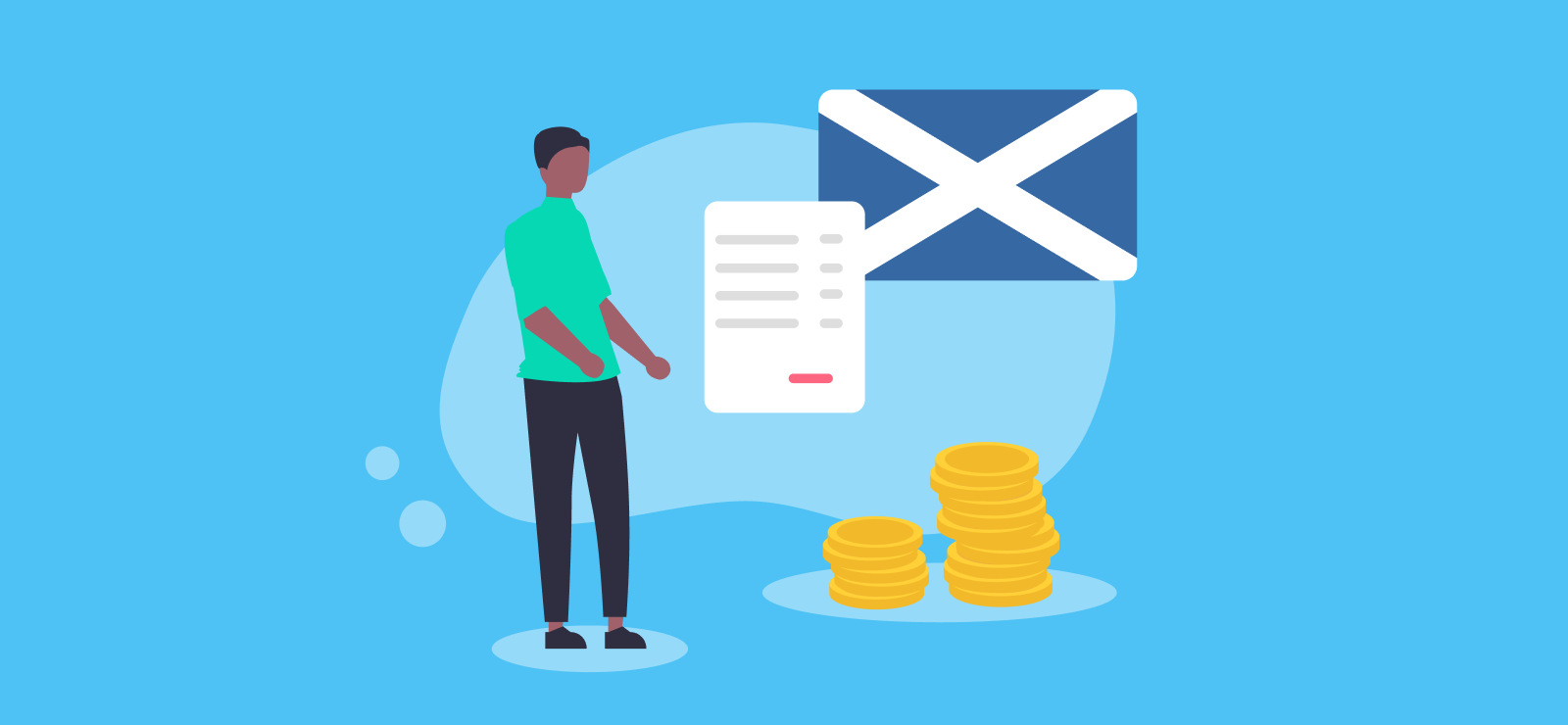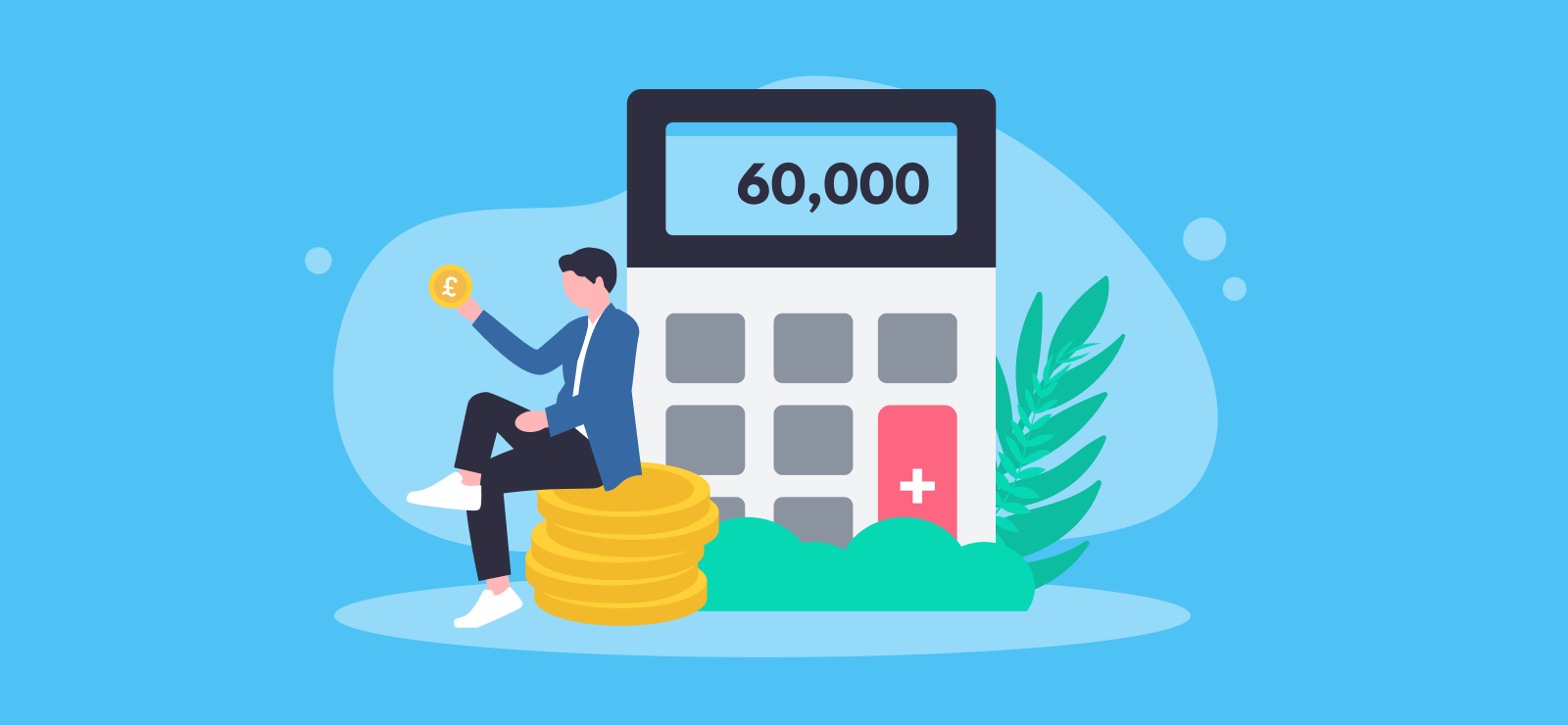

Carry Back Rules: Relief for Trading Losses on Corporation Tax and Income Tax
Every business wants to make a healthy profit and sail off into the sunset. But in reality, the sea can be choppy, and companies can end up making a loss for all sorts of reasons. Sometimes losses happen simply because the business is very new, or because costs have unexpectedly risen. Fortunately, help is at hand. You may be able to carry a trading loss back to a previous tax year, or forward to a subsequent one.
In this article we’ll take a look at how businesses can offset trading losses against different years. It’s worth keeping in mind that claiming tax relief can be pretty complex, so ask your accountant for help if you need it!
What are trading losses?
Trading losses happen when the expenses and costs of a business are more than its income over the same period of time. Losses are calculated in the same way that you work out your yearly profits.
What does it mean to ‘carry back’ a trading loss?
Under general rules, businesses can carry back trading losses and put them against profits in the previous accounting period. This basically reduces the amount of profit for the previous period, and less profit means a lower tax bill.
If the business has already paid its tax bill for the previous period, it can then claim a reimbursement of the Corporation Tax or Income Tax it paid in that previous year (yippee – everyone likes a tax rebate).
In a limited company you can offset your losses against any profits in the same accounting period (your financial year), and then claim the remaining loss against your profits from the previous 12 months. If your accounting period spans that 12-month period, then you’ll only be able to offset the loss against the part of your profit that falls within the 12 month period.
To carry back losses against income tax, a person can offset their trading losses against their net income from the current year, the previous year, or both.
An example of carrying a trading loss back to a previous year
Imagine your limited company made a loss of £7,000 in the accounting period 1st January 2022 to 31st December 2022, and a profit of £19,000 in the previous 12 months.
Under the carry back rules, the company’s £7,000 loss can be offset against the profits for the previous accounting year. It reduces the previous year’s profit from £19,000 to £12,000. Lower profit means less tax, but because you’ve already paid tax on the full £19,000, you’ll get a rebate for the difference.
Our video below explains how Corporation Tax works in more detail, but the same principle applies for unincorporated businesses (such as partnerships and sole traders).
Can I carry a trading loss forward?
Yes, you can. Carrying a trading loss forward kind of works like carrying it back, but… forwards. Basically, the loss will be deducted from future profits the business makes in subsequent accounting periods, rather than previous ones.
This may not be super appealing to every business as it involves waiting for future profits to have occurred before a claim can be made. It also only allows the loss to be set against profits the business has made – it doesn’t give any relief against Capital Gains Tax, or any other income sources.
Those looking to go down this route will need to declare their intention to use this loss relief within 4 years from the end of the tax year during which the loss occurred.
How do I carry a loss forward or back to claim tax relief?
The claim is typically submitted as part of your Company Tax Return or an amended tax return. Where a standalone claim is being made separately, you’ll need to include:
- The name of the business
- The amount of the loss
- The tax period during which the loss has taken place
- How the loss is to be utilised
It is possible to make a claim, even after everything has been submitted. Any tax that you’ve already paid out during the carry back period will generate a refund. If you owe Corporation Tax then the loss that you’re carrying will be deducted from your bill.
Can I claim early?
Yes, but… A claim under carry back rules usually happens at the point when the business’s tax return is submitted. This is a bit of a pain, because the point at which you need to submit your tax return may still be many months away. To speed things up, some businesses decide to submit a claim early so they can get a reimbursement of tax as soon as possible. We said ‘but’, because there is one…
The downside of claiming early
Unfortunately, the process of claiming early is slightly laborious as there’s no statutory provision allowing businesses to claim relief before submitting their tax return. This means anyone wishing to make an early claim must approach HMRC, and ask to amend their tax return for the earlier period of profit.
For HMRC to consider the request, you’ll need to provide evidence that you expect to make a loss, and that your tax return will reflect this when you eventually submit it.
This makes it really important to know what HMRC considers acceptable evidence, and how to make sure early payment is a success. Again, this is where our team can help.
Who might be able to submit an early claim?
If you’re submitting a claim to carry the loss back before you’ve submitted your tax return, you’re more likely to be successful if your business:
- Recently concluded an accounting period which demonstrates a loss, or is currently in the middle of an accounting period where it’s already very clear a loss will be made, and;
- It also made a profit in the accounting period prior to the current one.
What are ‘terminal loss’ rules and how do they relate to carry back?
As we know, losses can be carried back or forward to another accounting period for the purposes of tax relief – but the terminal loss rules go a little bit further than this.
Basically, if a company has stopped trading, and it made a loss during its last 12 months in operation, it can carry back its trading losses and offset them against profits made at any point up to three years before the year in which the loss was made.
Important points to note here
For each period, losses can only be offset against that year’s profits if the company or organisation was continuing on with the same trade during the accounting period (or periods) that fall in that year.
If the end date of the accounting period has changed, or any of the previous accounting periods in the three years prior are less than 12 months, then the profit will need to be apportioned.
The similarity with carry back continues where any loss should be offset against the most recent year’s profits first. Only then can earlier years be considered.
It’s also important to remember that losses must start with the earliest, and be accounted for in the order they’re made. Terminal relief cannot be used for losses carried forward to offset profits apportioned outside the specific three-year period.
We’ve tried to keep this all as simple as possible but it can certainly be a bit of a headache! If you’re not quite sure how (or indeed if) terminal loss rules apply to your company, you’re welcome to get in touch with us to discuss.
Get in touch to find out more about our online accounting services or get an instant online quote.
Want to learn more?
Subscribe to our newsletter to get accounting tips like this right to your inbox

Read more posts...

UK Tax Rates, Thresholds and Allowances for the Self-Employed
15th January 2026Read our guide to UK tax rates and thresholds for sole traders, limited companies, partners and partnerships, employers, and other businesses. Paying…
Read More
Scottish Income Tax Rates and Thresholds for 2025/26 and 2026/27
13th January 2026If you live or work in Scotland then you may need to pay tax on your earnings using the Scottish Income Tax…
Read More
How Much Is My Take Home Pay After Tax on 60k?
9th January 2026Working out how much tax you need to pay can be messy business – especially if maths wasn’t your best subject at…
Read MoreConfirm Transactions
The number of monthly transactions you have entered based on your turnover seem high. A transaction is one bookkeeping entry such as a sale, purchase, payment or receipt. Are you sure this is correct?
Please contact our sales team if you’re unsure
VAT Returns
It is unlikely you will need this service, unless you are voluntarily registered for VAT.
Are you sure this is correct?
Call us on 020 3355 4047 if you’re not sure.
Bookkeeping
You will receive our bookkeeping software Pandle for free, as part of your package.
You can use this to complete your own bookkeeping, or we can provide a quote to complete your bookkeeping for you.
Please select and option below:
Call us on 020 3355 4047 if you’re not sure.

